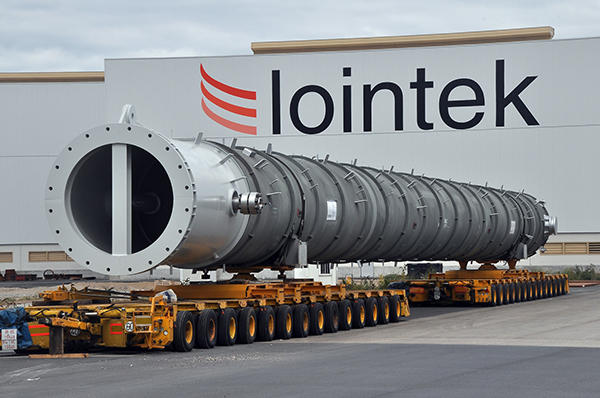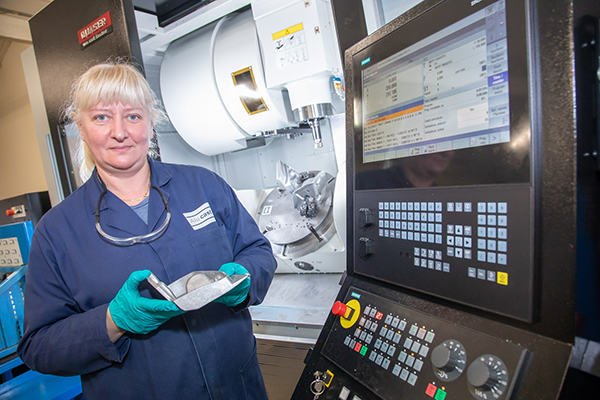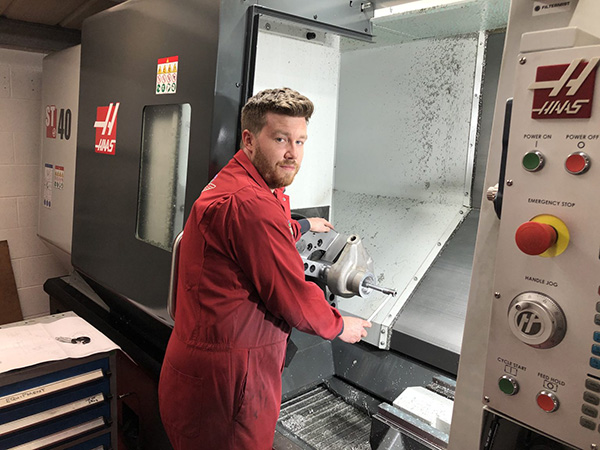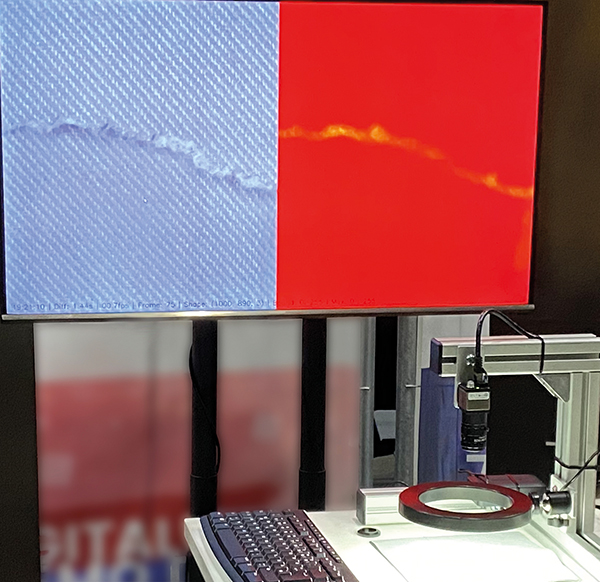High demands on products, as well as high time and cost pressure, are decisive competitive factors across all industries. Quality, safety and speed are today – more than ever before – factors that determine the success of a company, whatever the sector.

Zero-defect production is the goal. But how can it be guaranteed that only flawless products leave the production line? In order to make quality inspection as efficient, simple, reliable and cost-effective as possible, the German company sentin GmbH develops solutions that use deep learning and industrial cameras from IDS to enable fast and robust error detection. A sentin Vision system uses AI-based recognition software and can be trained using a few sample images. Together with a GigE Vision CMOS industrial camera from IDS and an evaluation unit, it can be easily embedded in existing processes.
Sentin’s intelligent Vision system uses AI-based recognition software and can be easily trained using a selection of test images. The system is capable of segmenting objects, patterns and defects. Even surfaces that are difficult to detect cannot stop the system. Applications can be found, for example, in the automotive industry, such as defect detection on metallic surfaces.
Depending on the application, the AI is trained to detect errors or anomalies. With the latter, the system learns to distinguish good parts from bad. If, for example, a surface structure is inspected, errors are detected by AI deviations from a comparison with reference images. By using anomaly detection and pre-trained models, the system can detect defects based on just a few images of good parts.
For further information https://en.ids-imaging.com























